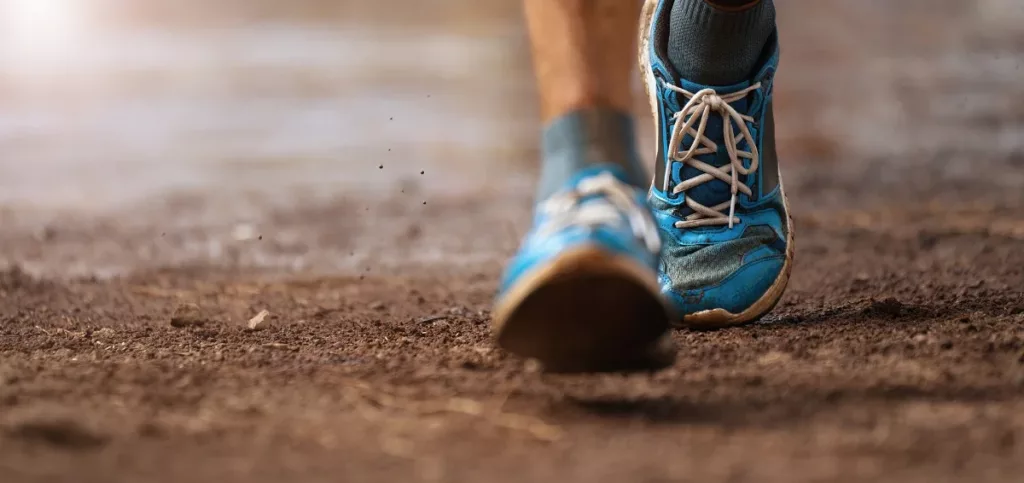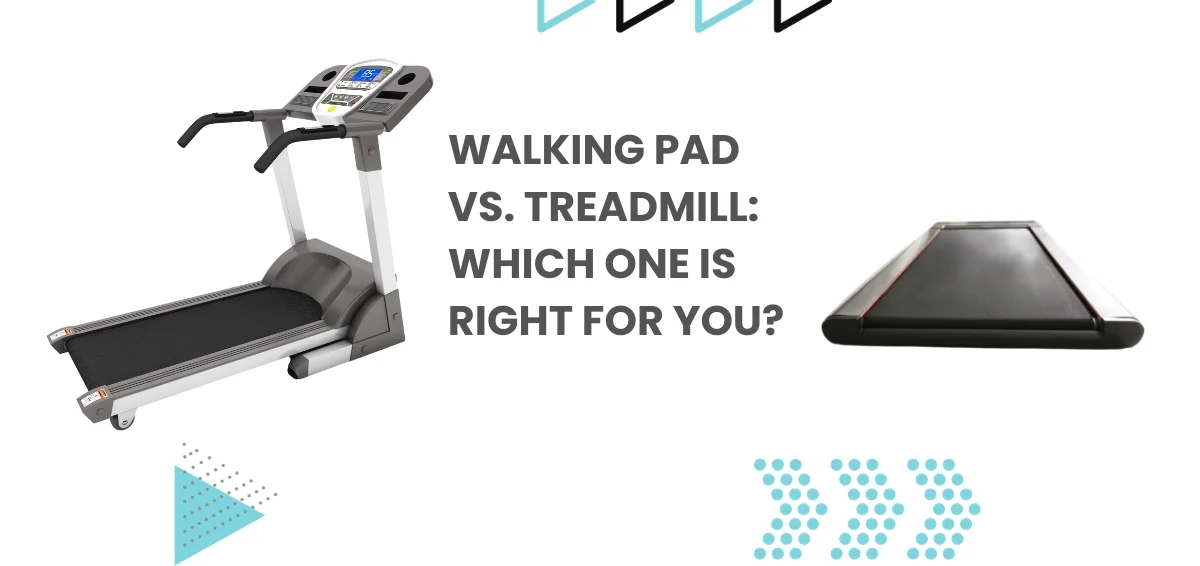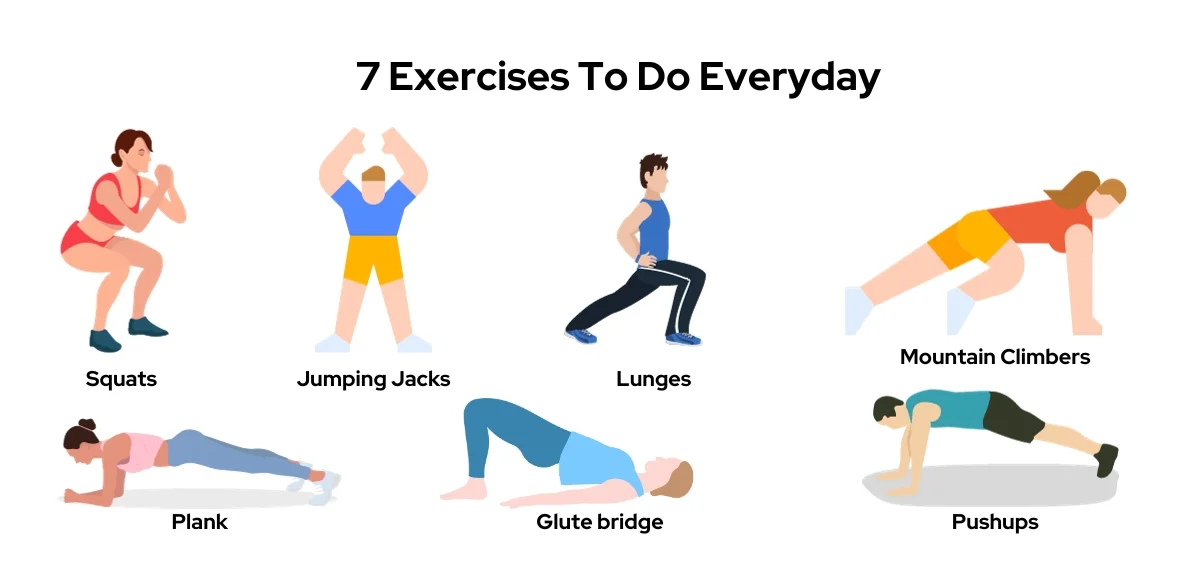
How many steps are in a marathon? It has been a topic of frequent debate.
Measuring steps in a Marathon is a topic that many have argued is not worth discussing. But as we shall see later in this blog, the steps in a marathon can impact how a runner feels, his/her vitality, and, above all, how it markedly impacts his/her final performance. We’ll cover the importance of step count and the behind-the-scenes secrets that might help you achieve your running goals. Let’s look deeper at the meaning and significance of steps in a marathon.
Must Read:- Beginner CrossFit Workouts
Why How Many Steps in a Marathon Matter?
Why the fuss over step count in a marathon? It’s not just about covering the miles; the number of steps you take can improve your overall performance and efficiency.
Everyone’s stride length differs, with men typically having longer strides due to their muscle lines. Altitude influences strain length, with taller individuals taking longer steps and quicker individuals maintaining a higher stepping frequency.
There are an average of 39,731 running steps in a marathon, but it all depends on your pace and how many steps you take per mile. Slow runners get there with 52,321; the fastest do it in just 28,558 steps.
In a marathon, male and female walkers will take about 54,182 walking steps. In contrast, most men can take 52,950 steps for a marathon. This said slow walkers need around 61,000 steps, and faster walkers take 44,600 strides to complete an entire length of a 26-mile marathon with cross-country intervals.
The average number of steps for women to reach the marathon finish line is around 54,150. The speedsters among female walkers achieve this feat in approximately 46,243 steps, while those taking a more leisurely pace complete the marathon with around 62,120 steps.
How Many Steps to a Mile When Running?

A person takes about 1,500 steps on average to go a mile. However, this computation is executed in 10 to 12 minutes with a maximum stride length of 2.5 feet.
Now, if one has a wider stride length or faster sprints for the same distance, they would cover about 1,000 steps. So the steps add up in their own fashion, fast or slow alike.
How Many Steps to the Mile When Walking?
It’s 2,000 steps on average.
So if you want to calculate how many steps in your particular hike are needed, for example, every five miles Hiking in other exercises, then the equation is 10,000 steps.
Similarly, this number also corresponds to what we mean by the recommended step count. In training for long continued running or hiking a day; also what some experts call “journey running”–And it’s just like you’ve got a lucky number that makes reaching your half or full marathon goals that much easier.
The secret is simple: add your daily step count according to whichever training routine you follow. Eventually, it becomes 13,110 paces for a half marathon and 26,218 for the full distance. In short, reach those goals – bit by bit.
Read Also – Leg Press vs. Hack Squat – Which One Is Better?
Factors that Impact Your Step Count
Remember that the recommended step counts you hear about are only averages. Several factors affect this, meaning the number of steps you take is yours.
- Step length: Your stride length determines how many steps you take in a mile. It essentially decides how far apart a two-foot strike is.
- Height: Taller people often have longer strides since they tend to have larger feet. This means that, on average, they take fewer steps per mile.
- Age: Your age, along with height, can affect your step count. As one ages and grows shorter, the number of steps increases as well.
- Running pace: The speed at which you walk or run affects your step count. Faster-paced runners or walkers can expect fewer steps during a marathon or other race.
- Gender: As you would expect by way of general principle, women tend to take marginally more steps than men, with their less sizeable stature and shorter step lengths.
- Running or Walking: Whether the running or walking pace is being maintained also affects the step length. That is why runners typically save more steps than hikers do on races.
Why Monitor How Many Steps in a Marathon?

Keeping track of your step count in marathon training is very important for a reason.
An increase in the number of steps you take per minute per mile means your overall step count goes up. This, in turn, not only affects how fast you are running but, ultimately, what your finishing time will be.
For both joggers and dedicated professional racers, it is necessary to determine an average step count. This detailed assessment can be used as a base for observation and subsequent assessment during training—whether you are two or three months into the marathon season.
Effective Ways to Track Your Steps
- Smartwatch: When counting steps, a high-level but effective method is to wear a smartwatch. It easily counts your steps and has many fancy details and features. It even monitors your heart rate.
- Smartphone: If you dislike smartwatches, try one of the many step-counter apps available for smartphones. Download the app and your cell phone becomes a helpful tool for monitoring your steps.
- Pedometers: These are best for tracking steps during the run. It is the easiest tool to keep a watch on your step count as you hit the road and the pavement underfoot becomes visible.
Wrapping It Up
In the marathons, the question of how many steps in a marathon goes beyond curiosity. It profoundly affects runners, impacting their vitality and performance. Factors like stride length and step count at different paces personalize the journey. Whether you’re a pro or a casual runner, tracking steps is key to enhancing performance, setting goals, and reaching milestones step by step. Every step you take today shapes your success tomorrow on the marathon path.









